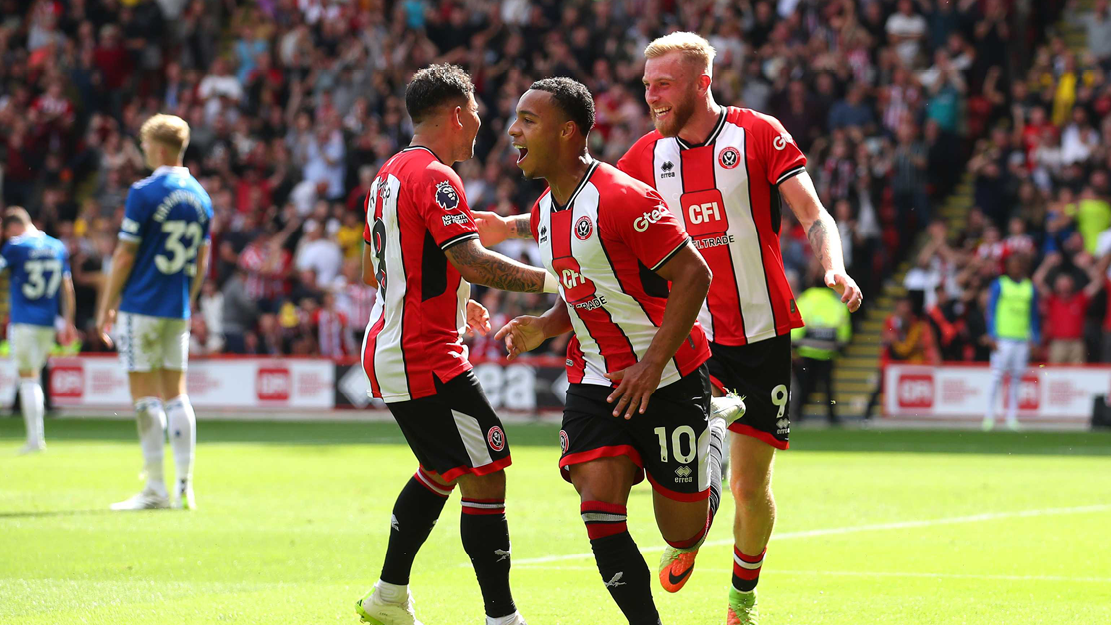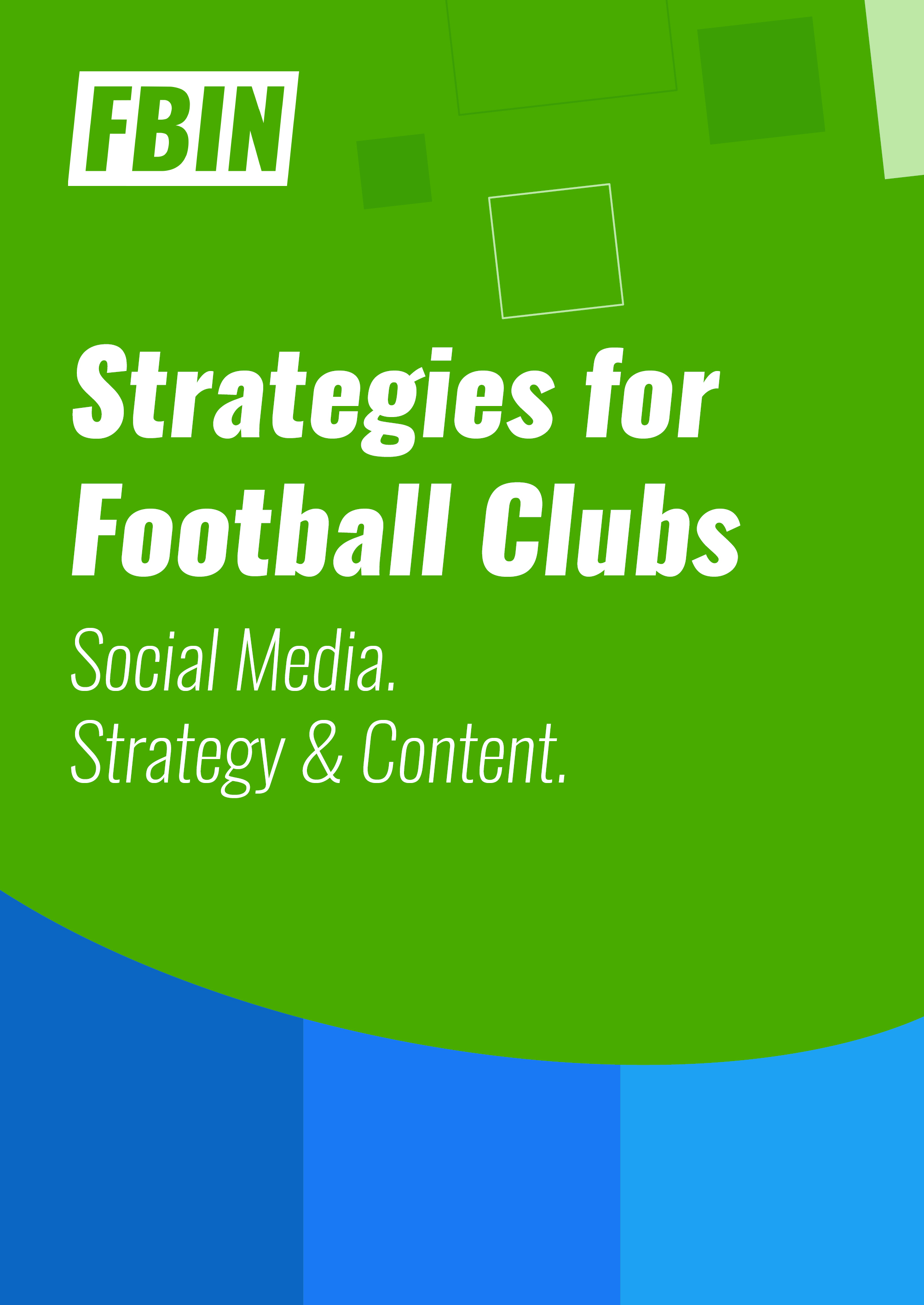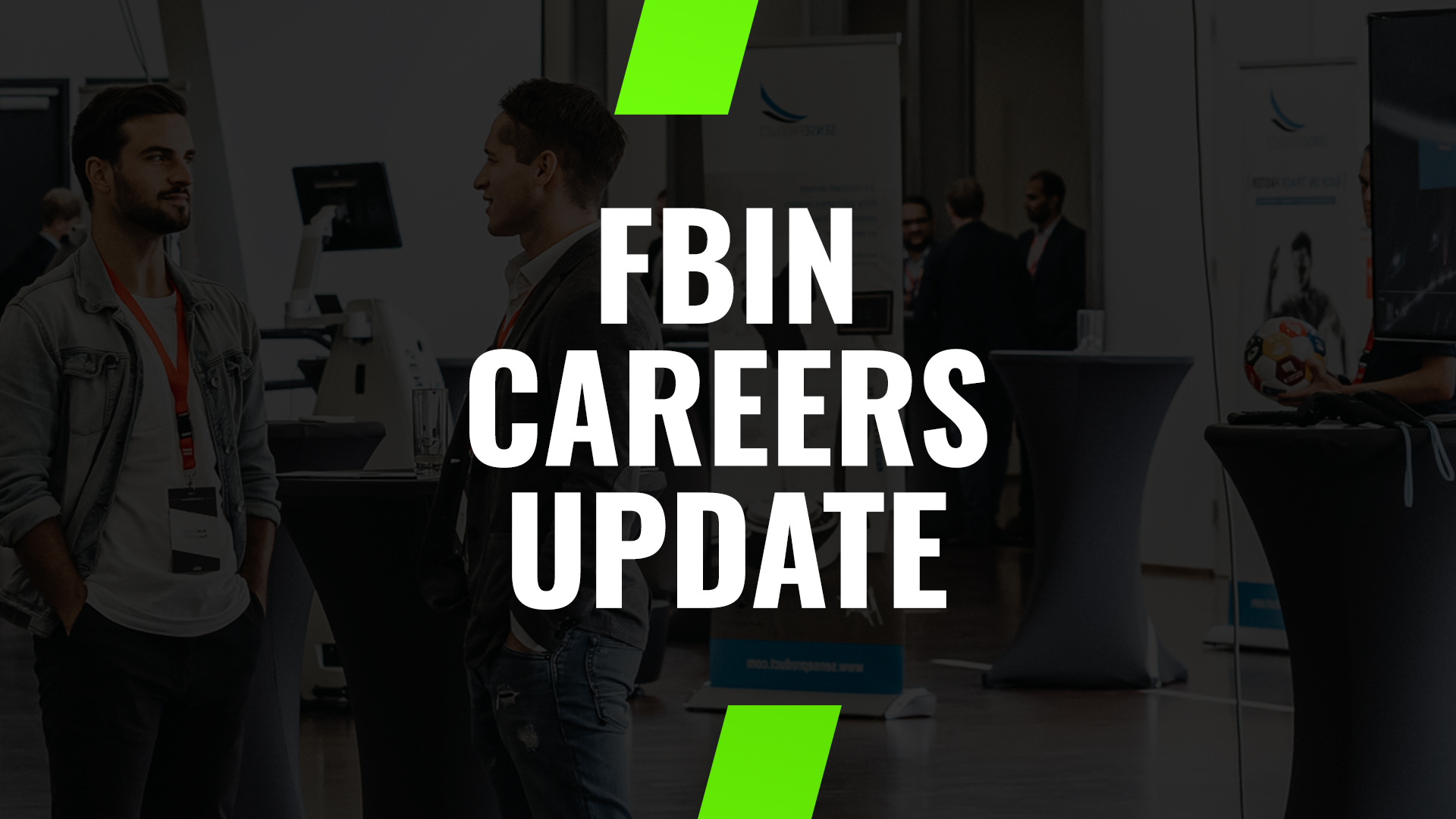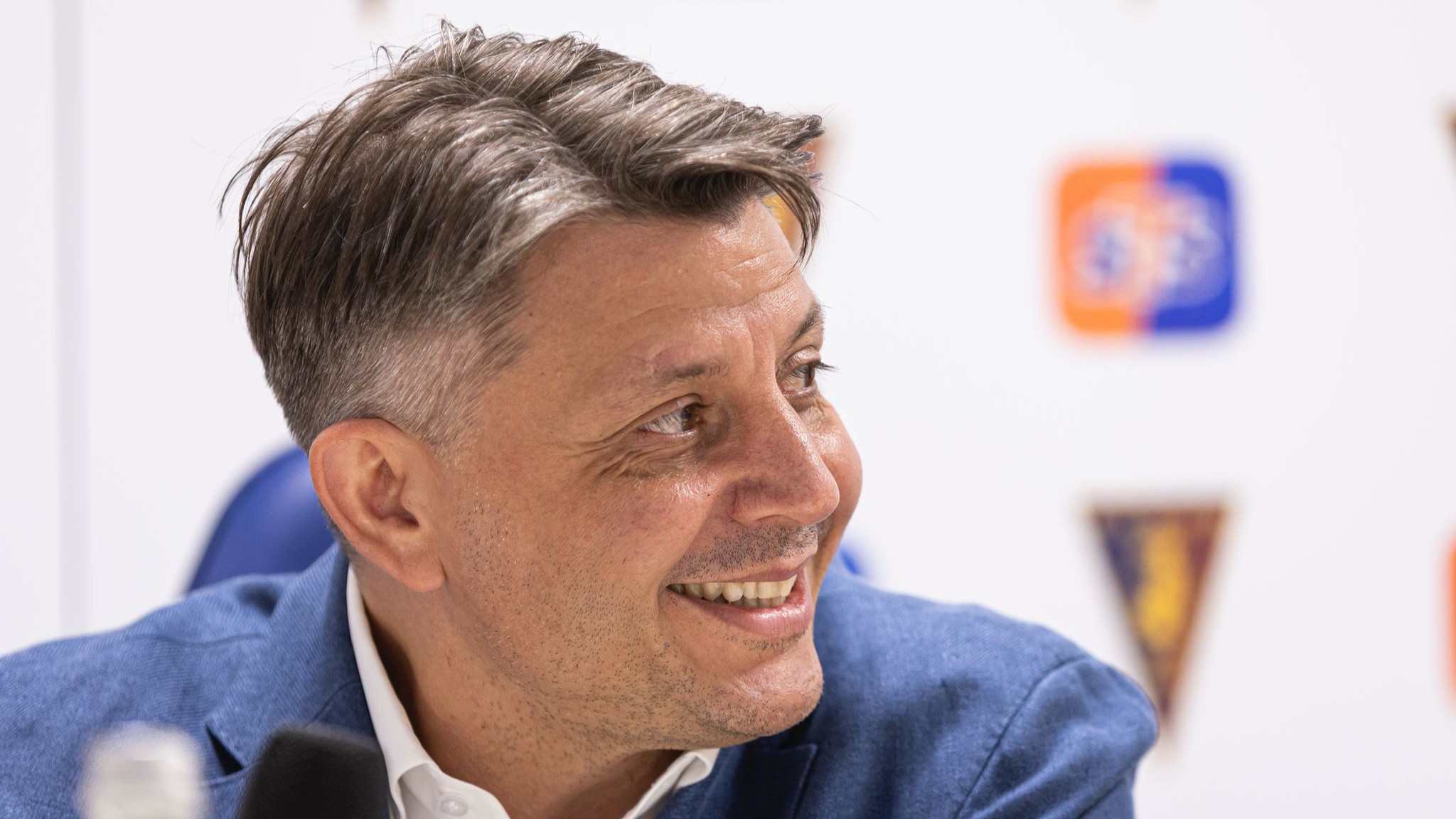FBIN recently sat down with Emir Samanci, the Director of Commercial & Marketing at United World. After a decade-long tenure at Procter & Gamble in the FMCG industry, Emir transitioned to the sports business, driven by his passion. Today, his unique blend of expertise from both the brand and sports club worlds offers invaluable insights. In our discussion, we delve into the intricacies of the multi-club-ownership model, explore the challenges and opportunities within the football industry, and get a sneak peek into Emir’s panel discussion at the upcoming FBIN Conference powered by 2Mobile.
By Quang T. Pham
Can you briefly describe United World’s mission and vision?
Firstly, it’s important to clarify that we are a multi-club ownership structure (aka MCO) that also offers consultancy to external clubs. Currently, we are the majority shareholder of five clubs: three in Europe, namely Sheffield United (currently in the Premier League), K Beerschot VA (Belgium’s 2nd tier), and LB Châteauroux (France’s third tier). We also own Al-Hilal United FC in the UAE and Kerala United FC in India. Each of these clubs plays a unique role in our portfolio.
Our core belief is that sport unites people of all cultures across the globe, enhances the health and academic achievement of youth and boosts the economy.
Our vision is to be – a leading global sports & entertainment company.
Our mission is to unlock the added value in the sports industry by role-modeling its transformation. We help clubs in adoption of modern end-to-end strategies, both on and off the pitch. We value their authenticity and act as their custodian in their preparation for the future.
How does United World stand out in the football industry, what is your USP?
We have 4 key unique selling points at United World:
- Multi-sports knowledge: We have a much wider angle when we approach our business challenges as our parent company, AMAS Holding, has multiple ventures in different sports including baseball, swimming, bowling, and others.
- Sustainable growth model: We simply try to spend what we earn and to minimize the reliance on the deep pockets of shareholders. We know that it is an unpopular stance among fans, yet the addiction to capital injections is the core reason that led many known clubs of the past into lower leagues, if not bankruptcy.
- BIC ROI: We have a highly calculated pricing structure that prioritizes providing a hard-to-beat ROI to our partners, so they are willing to stay longer with us. For perspective, I am sure many brands miss the point that micro-sponsorships with multiple clubs can yield a higher ROI than one macro-sponsorship in the same league.
- Socially Responsible Management: We are one of the ownership structures that has a long heritage of a highly responsible stance by dismissing any sponsorship opportunity from gambling, betting, and alcoholic beverage brands. We do not promote an industry that does not align with our beliefs.

Aslı E Koç Tiryaki
Commercial and Sustainability Manager
İstanbul Başakşehir FK
What are the current major challenges and opportunities for the football industry and United World?
I’d like to address the challenges and opportunities together because they are the two sides of the same coin. The most significant challenge, and simultaneously an opportunity, is financial sustainability and financial fair play. They’re interconnected, as financial fair play was intended to foster more sustainable club management and fairer competition.
Another challenge is attracting new brands to sponsor football clubs, especially in a landscape dominated by betting, crypto, and gambling. Regrettably, football seems to have lost its connection with other mainstream brands, which are typically the major sponsors in other sports.
Lastly, there’s the challenge of validating the new multi-club business model, both on and off the pitch. It’s a model that’s still met with skepticism, especially among fans. So, it’s a concept that still needs to prove its worth.
Can you share insights about the United World Academy (UWA)?
UWA is our youngest and one of our most promising ventures. It plays a strategic role in helping us achieve our vision of becoming a leading sports and entertainment company. While the business model might seem familiar—helping sports enthusiasts become better versions of themselves through professional learning and development programs—our approach is more genuine. This is because UWA has an organic, in-house connection to our club network. We also work with best-in-class experts in our programs, such as Luis Fernandez, Dominique Bijotat, and Steve Savidan.
Can you share more about your partnership with Erreà? Why is it called the first of its kind technical kit partnership?
This partnership is a true embodiment of our mission. After a single season, we’re delighted with the added value that leveraging economies of scale has brought to both the group and each individual club. We’ve called it “first of its kind” because we were the first sizable multi-club owner (MCO), which transitioned all clubs into one kit partner at once.
As a hard point in the pitch process, our new partner was expected to honor the authentic nature of our clubs by offering bespoke kits, which unfortunately became a privilege for top European clubs. It is a commercial choice for leading kit brands, so we’ve chosen to go where we feel valued. As a result, our fans have highly appreciated the bespoke designs, and we’ve marked our best-ever top- and bottom-line performances.
Going forward, we aim to create a FAD—a fashionable, authentic, and differentiated collection at retail—and further grow our revenues.
Can you share some other exciting projects of United World recently?
I’d like to highlight our #SportsForDevelopment collaboration with the International Trade Centre (a joint venture of the World Trade Organisation and United Nations), European Union, and Iraq’s Ministry of Youth and Sports. Earlier this year, we trained over a hundred young Iraqi entrepreneurs in sports management, rewarding the top business ideas with start-up seed support.
What are the key differences when working with clubs vs. brands?
Contrary to popular belief, working with clubs and brands is strikingly similar. Firstly, numerous EU football clubs have heritage brands. A proper brand building effort can boost both enterprise value and revenues.
Secondly, like brands addressing consumer needs, clubs must cater to fans’ emotional desires. Fans immerse themselves in the club experience on and off the pitch. Expanding the fan base and deepening loyalty, akin to modern marketing, is essential.
Lastly, just as brands aim to increase sales and value, club leaders should focus on maximizing revenue as well. This involves valuing the brand, understanding fans, leveraging data analytics, and building strong partnerships.
Still, the biggest challenge in bridging brands and clubs is the trust gap, as they do not speak the “same language” and/or do not approach business from similar angles.
Your thoughts on the future of football marketing and commercial strategies?
It is a question that merits a long panel discussion itself. To keep it simple, I believe that each club has to first build a robust and complete strategic road map for success against current challenges. To be honest, most of the clubs still play catch-up. We also need to make sure that we have the capabilities to track progress and make decisions with reliable data. Strategies are fancy on paper, yet they do not lead anywhere without a tracked action plan. To answer the question of the future, we don’t know exactly what it will bring, as some ideas come and go, yet a good strategy should be broad enough to host any futuristic trend. In the meantime, we need to keep our focus on what matters most and has the biggest impact on our success measures.
As a speaker at the upcoming FBIN Conference powered by 2Mobile, can you give a sneak peek of your topic and thoughts on the event?
At the upcoming FBIN event, we will discuss “How we can take a club to the next level”. The core challenge is that many clubs aren’t ready for the leap to adopt the modern marketing & commercial strategies.
The solution? A cultural shift in the club, because, as the saying goes, “culture eats strategy for breakfast.” My approach consists of three pillars: Transformation, Growth and Innovation.


 Upgrade to Premium Now
Upgrade to Premium Now






